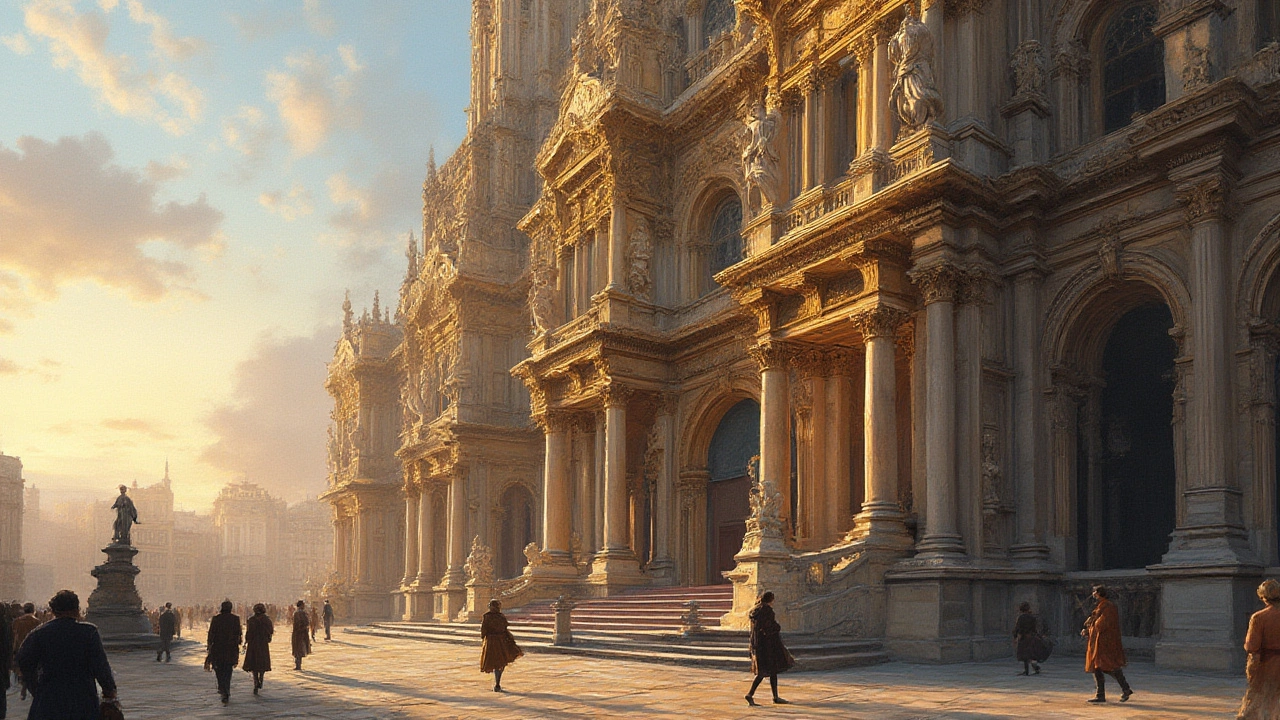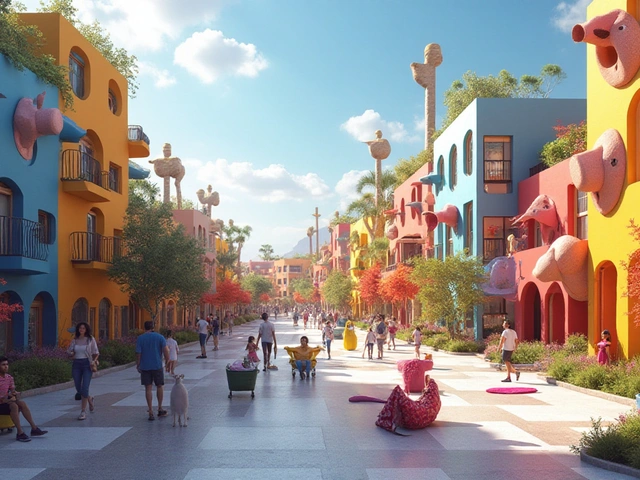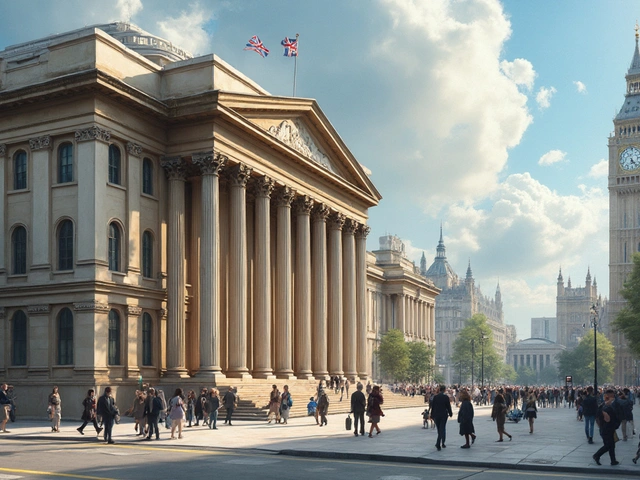Imagine a world that feels larger than life, dripping in gold, bursting with energy, and designed to blow your mind at every turn. Walk into a Baroque church in Rome or a palace in Vienna, and you’re hit with a sensory overload—ceilings melt into skies, angels tumble through the air, light dances across marble and mirrors, and nothing stands still. If architecture has a flair for the dramatic, Baroque is its star performer. But behind all the spectacle lies a tangled web of ideas, politics, power moves, faith, and, honestly, some ego. This style’s not just about showing off; it’s the story of Europe claiming the world stage, piece by ornate piece.
The Birth of Baroque: History and Motivation
It all kicks off around the turn of the 17th century in Rome, when Europe’s Catholic elite decided churches needed a jolt of passion—something emotional and irresistible enough to win back believers drifting away after the Reformation. Out went the calm, classical balance of the Renaissance; in came curves, surprise, drama, and identity. Baroque was propaganda, but make it beautiful. Church leaders like Pope Urban VIII figured architecture could shout as loud as a sermon, and commissioned greats like Gian Lorenzo Bernini and Francesco Borromini to design wonders people would never forget. St. Peter’s Basilica, especially that swooping embrace of its piazza colonnade, is basically a hug from the Pope himself—hard to miss, hard to resist.
But Baroque wasn’t all about religion. Nobles and monarchs hopped on board, using the style to flex their own power. Start with France’s Louis XIV and the Palace of Versailles. With over 2,000 rooms, endless mirrors, and sprawling gardens, Versailles was a billboard screaming, “I am the state.” Baroque swaggered across Europe and the colonies, showing up in Spanish cathedrals, Portuguese monasteries, and everywhere the Habsburgs ruled. In each place, artists put their own spin on things—Russian Baroque got icy and colorful, Central Europe leaned toward ornate plasterwork, while Latin America blended Baroque with local traditions in sugar-white churches and golden retablos.
So, why did Baroque snowball so fast? Part of it is that it worked: people were swept up. Theatrical churches attracted crowds; palaces stunned rivals; learning to design in this style became the ticket to bragging rights across Europe. And as printing, trade routes, and diplomacy shrank the world, so did Baroque, always morphing but always maximal.
Defining Features: Curves, Contrast, and Pure Theatrics
If you spot a building and think, “This thing could be on the cover of a prog rock album,” odds are it’s Baroque. Here’s how to tell:
- Drama everywhere: Baroque craves movement. Nothing’s flat or boring. Facades bulge and twist. Columns cluster or stand solo. Ceilings explode with paintings where figures look ready to fly straight through the roof.
- Light is the secret weapon: Architects used it to create awe. Windows are set high to fire beams down onto gold leaf and marble. Chapels often glow in ways that seem almost supernatural.
- Illusions and tricks: Stop by the Church of Gesù in Rome. Look up—the heavens are open, or so it seems. Most folks leave craning their necks, sure they saw something move. That’s the Trompe-l’oeil (French for ‘deceive the eye’) technique in action.
- Bold contrasts: Dark shadows next to blinding white walls, bursts of color amid stone, quiet corners that explode into busy altars. It’s a feast for the eyes.
- All the ornament: Think swags and cherubs, garlands and crowns, bursting moldings and twisted Solomonic columns. If plain stone is the canvas, Baroque uses every color in the paintbox.
- Staging emotions: Every space—church, palace, opera house—is laid out for maximum impact. Processions are guided by choreographed halls and plazas. Oval and irregular spaces invite you to move, to experience, not just to observe.
- Sculpture is everywhere: Art spills beyond frames—statues tumble from doorways, angels hover on cornices, saints reach out. Bernini’s Ecstasy of Saint Teresa? The marble doesn’t just show a saint; it turns stone into flesh, pain, and rapture.
Baroque wasn’t just a style; it was experience design before anyone called it that. Architects acted like show directors, plotting how visitors’ eyes would travel, how emotions would rise and fall, when a gasp or a silent prayer might happen. It’s methodically choreographed chaos—a paradox, but that’s the whole point.
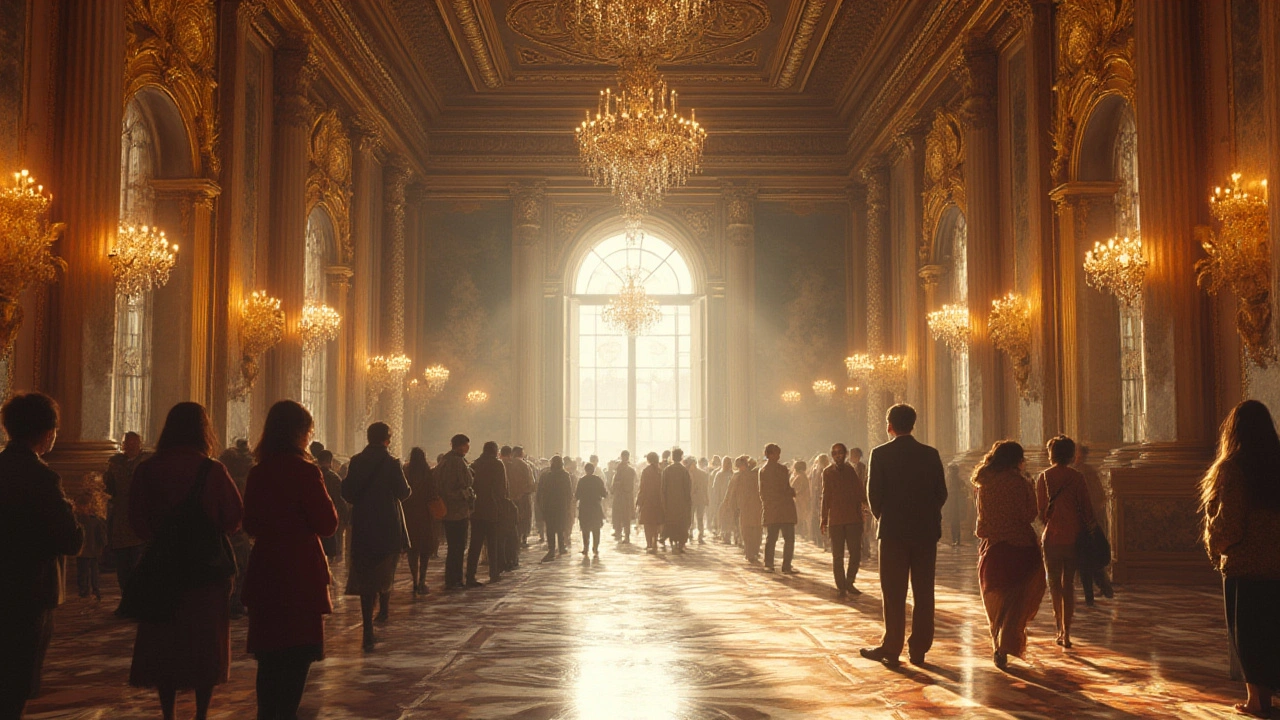
Baroque Giants: Notable Architects and Signature Buildings
The Baroque scene would’ve flopped without its bold architects, many of whom were unapologetic personalities. Bernini, maybe the Leonardo DiCaprio of his age, was a true showman, juggling sculpture, architecture, and stage design. His greatest hits? St. Peter’s Baldachin (that giant bronze canopy in the Basilica), fountains like the wild-eyed Triton, and the stage-like piazza surrounding St. Peter’s—it literally pulls crowds in.
Then there’s Borromini, sometimes considered the tortured genius to Bernini’s star. He twisted geometry and challenged just about every rule. San Carlo alle Quattro Fontane (locals call it “San Carlino”) on a tiny Roman corner, has a wavy, breathing facade and a ceiling that shifts from ovals to hexagons—nothing predictable, everything just on the edge of wild.
Across Europe, names like Guarini, Juvarra, and Fischer von Erlach each made an imprint. In Spain, Balthasar Neumann’s Würzburg Residence and the outrageous Churrigueresque facades in Salamanca and Madrid crank the style’s dial to eleven. The Winter Palace in Saint Petersburg, designed by Bartolomeo Rastrelli, turned the Russian Baroque palette into sorbet colors, echoing the imperial freeze outside.
Don’t overlook Latin America. Churches in Quito—like the Companía de Jesús—blend gold, volcanic stone, and native motifs for an intense Baroque that could only have come from Ecuador. Mexico’s Zacatecas Cathedral uses azulejos and carved stone to pack in color, culture, and faith.
Want to spot Baroque on your next city stroll or YouTube binge? Look for these names, and remember: Baroque didn’t mean one size–it shifted with local flavor. That’s why a Portuguese Baroque church in Salvador, Brazil, feels wildly different from a palace in Bavaria. But the DNA—drama, dare, dense detail—is there.
The Impact of Baroque Beyond Buildings
The ripples of Baroque didn’t stop at architecture. Its hunger for display transformed interiors, gardens, music, and how people moved around cities. Baroque gardens, like those at Versailles, aren’t wild—they’re chess games in hedges, paths, and water. Walk those alleys, and every vista is perfectly staged for jaw-dropping revelations. Think of it as architecture with trees and fountains, all part of the master plan.
Step inside, and Baroque re-defines interior bling. Stucco walls coated in gold, wooden altars that look like they’ve been dipped in honey, and mirrors that trick the eye into thinking there’s a party behind every wall. Even humble city churches often went for broke, covering every surface until nothing felt mundane.
Baroque’s touch on music—Bach, Vivaldi, Handel—can’t be ignored. Sweeping compositions and wild innovations in structure and harmony reflect exactly the movement and complexity found in stone and paint. And in theatre, we see Baroque’s love of big gestures and clever scene changes, mirrored in buildings with movable stage machinery and hidden doors. This cross-pollination between arts made Baroque more of a lifestyle than a trend.
Over time, later styles like Rococo softened the drama, while Neoclassicism pushed back toward order and restraint. But traces of the Baroque mindset—big feelings, bold colors, a perfect moment for drama—keep sneaking back. You’ll spot Baroque’s fingerprints in everything from Rio’s carnival floats to Hollywood set designs.
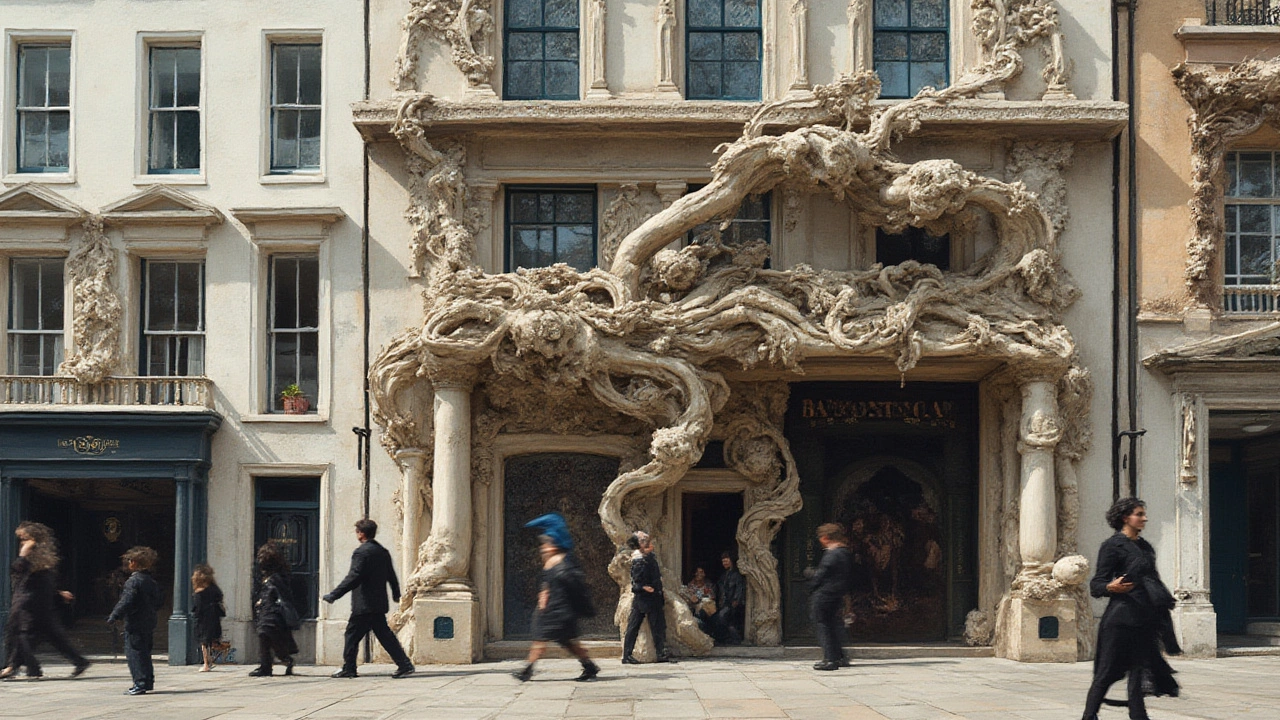
Baroque Today: Living with Opulence and Complexity
Fast forward to today, and the Baroque still pulls crowds. People line up to see the ceiling of Vienna’s Karlskirche or lose their shoes strolling Versailles. But Baroque isn’t just museum fodder—it’s a living challenge for architects, restorers, and anyone with a love for detail. Preserving Baroque buildings is no small feat. Marble cracks, gold leaf peels, and special techniques like scagliola plasterwork verge on lost arts. Conservators get hands-on, cleaning angels’ faces with tiny brushes, matching centuries-old pigments, and tuning up pipe organs. Modern restoration sometimes means high tech: 3D scans and laser cleaning reveal details hidden by centuries of grime.
Architects also keep coming back to Baroque for inspiration. Look at postmodern gems—the playful curves and wild forms of Frank Gehry or Zaha Hadid? They owe a debt to Baroque’s rejection of the boring and the boxy. Want an opulent wedding venue, a mind-blowing opera house, or a five-star hotel suite? The Baroque formula—create awe, dramatize space—still sells. Even some sustainable designers sneak in references, blending green tech with flamboyant traditional patterns.
If you want to experience Baroque’s complexity without flying to Europe, you’re not out of luck. Many cities run virtual tours, and top museums have interactive 360-degree exhibits. Some churches offer live streams of festivals with music and pageantry straight from the era. Try diving into Baroque music while scrolling photos of architectural details—your brain might just do somersaults at the richness of it all.
For travelers or photographers, a couple of tips: Go early or late to avoid crowds in the most famous sites, but don’t skip the smaller city churches or palaces—often, they’re where you’ll find untouched gems and quirky local takes. Bring binoculars if you want a close look at ceiling art. And always check for restoration scaffolding—sometimes a work-in-progress view gives you a peek at the “making of” behind all the sparkle.
Baroque isn’t easy, and that’s the beauty. Every corner, column, flourish, and beam of light is doing more work than you realize. Wander through a Baroque masterpiece and you’re not just looking—you’re being provoked, nudged, and wowed by centuries of ambition crammed into stone and space. Next time you see a photo of a grand, overloaded building, spot the Baroque architecture twist and remember: complexity can be exquisite, sometimes deliriously so.

